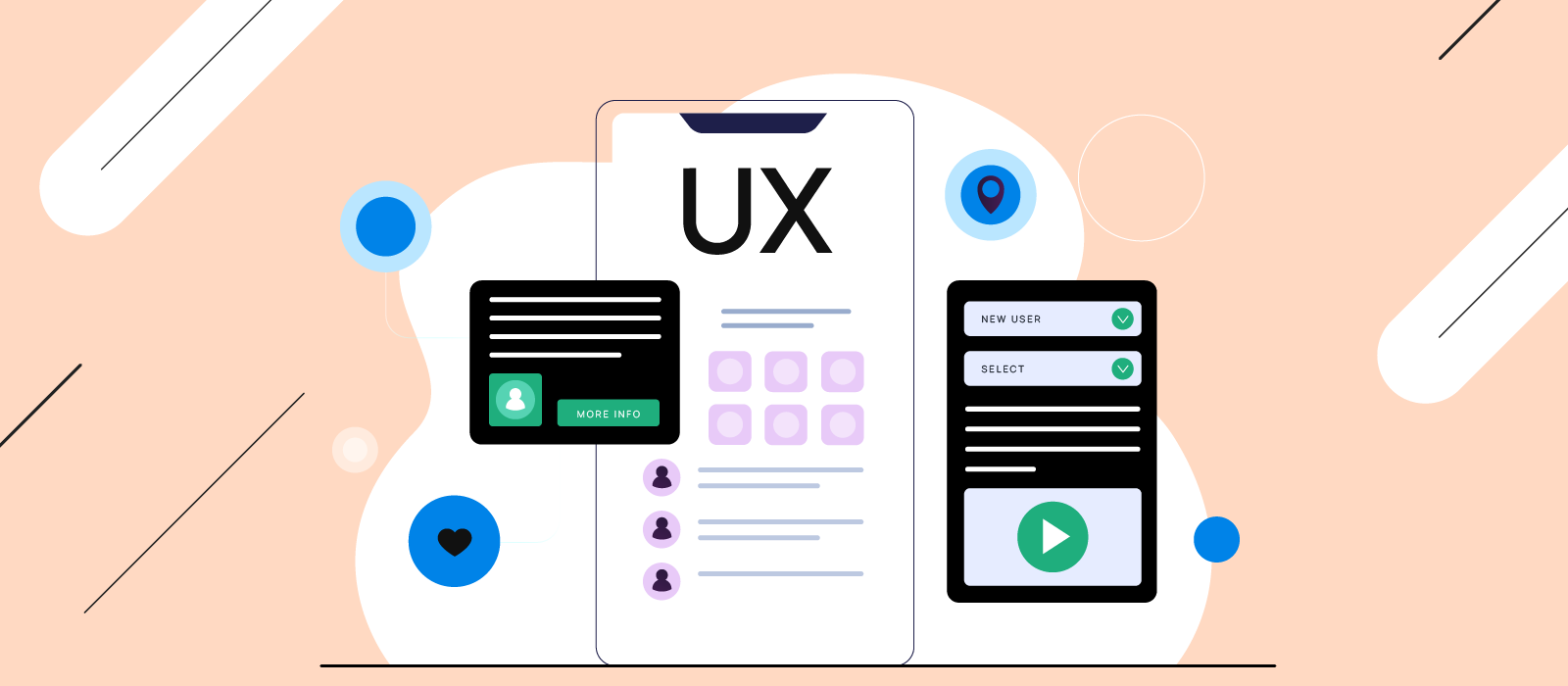UX Testing
Introduction
As the leaders of the industry begin to realize the value of UX testing, smooth user journeys can make a huge difference when it comes to bottom-line revenue gain. Companies are going to have to focus really hard on personalization because an unsatisfactory user experience can get people to leave a website or application in pretty short order. Such heavy integration of advanced functionalities from other sources, be it AR, chatbots, or video interactions, requires real-time testing in global enterprises to avoid such undesirable effects on the user experience.
Expectations are high user wants his interaction to be fast and good. But in most cases, these are decided upon by different factors, including the performance of devices, conditions of the network, as well as integrations from third parties. But another thing mobile UX testing is critically important as most clients depend nowadays more and more on their mobile applications to fulfill some need or requirement. In such a situation, developing teams should know how the respective app will behave on different types of devices and under different conditions so as not to let users experience something that hampers them, be it non-standard behavior or even a crash. In the following blog, we will put a significant emphasis on why UX testing is important to the modern digital world.

Why is UX Testing Important?
Business needs UX testing to understand the needs and expectations of their target group toward a product. Such information thus derived helps companies in making informed decisions in designing and developing any product. It further enables companies to find out problem areas in using a product and aspects, which need improvement for increased satisfaction by the users and, in effect, quality of the product.
There are many types of UX testing, although the most widespread are user surveys, usability assessments, A/B testing, and focus groups. Gathering opinions from users, UX testing can provide very profound insight into why a person likes or dislikes the product-including possible improvement ways. With UX testing, one can ensure the final product will be in a position to share according to the prospects of a target audience.
A vast portion of the problems found could be caused by UX testing as well as technical issues, for example, broken links or loads too slow, confusing navigation. The solution to these related issues with UX will make the product more accessible and user friendly; thus, more efficient and may, in addition to that, raise engagement, conversion rates, and consequently, business success. It contains very essential information on user behavior and preferences and helps in designing products that deliver a satisfactory experience to the target market, yet meet the needs.
Various Types of UX Testing
Usability Testing: How user-friendly and intuitive a product is. In this testing, the users are observed as they go about doing different things. This helps understand the kinds of interaction users would have with it so that some improving chances can be identified.
A/B Testing: This tests two forms of a product to see which performs best. Its usual application is in analyzing how something is most effective, whether it is button placement or color options.
It can be done online. During this testing, the users judge the product from their locations. It reaches a wider audience and could test the product on many devices and platforms.
Contextual inquiry: It is possible to observe users in their natural settings in order to understand how they use the product. It is valuable for gaining insight into user interactions and needs.
Surveys and questionnaires: It considers gathering inputs from a group of users on their experience regarding the product. Surveys and questionnaires will provide much-needed information regarding the general user experience and where to improve.
User Acceptance Testing(UAT): The final testing phase of the software development cycle is termed User Acceptance Testing. This is considered to be one of the most important testing phases. It is carried out by the end-users or stakeholders at the end of the overall development cycle of the software, and it focuses on determining whether the software developed will meet their needs as well as their expectations in business.
UAT significantly focuses on the fact that the released software is workable, usable, and fits some standards in the market. The main objective is that delivery will be in the form of best-quality software that will meet the needs of users.
